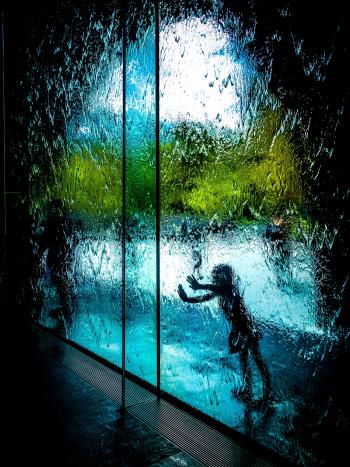Keeping Children Safe in Education: One Year On

[This article was originally published in September 2017]
One year ago, the current safeguarding statutory guidance for schools and colleges came into effect. The Department for Education's Keeping Children Safe in Education commenced on 5 September 2016, replacing the previous July 2015 edition.
The new guidance extended some responsibilities to colleges, where they had previously only applied to schools. It also added useful signposts to other, related, guidance and generally sought to clarify the previous version.
A major addition was the introduction of guidance relating to school and college IT systems, and how they can be used to help tackle safeguarding issues within the organisation. Previously the Prevent duty had required schools to employ internet filtering and monitoring systems to protect children from radicalisation. This was now extended to the more general responsibility of safeguarding children in a much broader sense.
The guidance was not prescriptive about the methods and technologies that schools and colleges must use, preferring, instead, a risk based approach. They were to use risk assessments, just as they had already been doing for the Prevent duty, to guide them.
There were, however, a few things made quite clear. Schools and colleges should take a whole-school approach to online safety rather than simply relying on filtering. Not only did the guidance acknowledge that filters are imperfect and cannot be relied on solely, it also recognised that there is a responsibility to give children the education to protect themselves throughout their lives.
Although filtering was essential, a balance needed to be sought and it was important for schools and colleges to be very careful to avoid the usual teaching activities of the school being disrupted by over blocking.
Emphasis was added that safeguarding issues are rarely standalone events and that many issues may overlap with one another. Whilst the new filtering and monitoring requirements were primarily concerned with online safety, it was clear that appropriate monitoring could provide early warning signs of more traditional, offline, problems.
The Department for Education's non-prescriptive risk-based approach offered a lot of flexibility, but further guidance was needed. With this in mind, the UK Safer Internet Centre published their own, more detailed, information on what sort of IT systems schools and colleges should have in place. This information, which was directly referenced by Keeping Children Safe in Education, provided an excellent starting point for schools and colleges to build their own policies and decide which products to purchase.
The Safer Internet Centre specified some important basic requirements, such as the need for filtering systems to use the Internet Watch Foundation's and Home Office's data to prevent access to images depicting child abuse and terrorist websites. Whilst many schools found that this automatically ruled out free non-commercial filtering systems, it prompted them to investigate alternative products which would be a better overall fit for their safeguarding requirements.
With a much more integrated approach to safeguarding, schools and colleges needed their filtering and monitoring systems to accurately identify users of concern. With good reports, schools could follow up directly with the students involved, or feed back into their general online safety teaching. Although the need to identify users was highlighted by the Safer Internet Centre, this was an area where some of the regional broadband consortia had fallen behind.
Schools and colleges who had independently purchased filtering systems were usually already meeting this requirement, whilst many of those depending on the filtering offered by the local authority are still unable to routinely identify students from reports, or tailor filtering to different age groups.
Both the Safer Internet Centre and the Department for Education recognised that mobile devices are now almost ubiquitous amongst students. The Department for Education, commented that "many children have unlimited and unrestricted access to the internet via 3G and 4G in particular and the school and college should carefully consider how this is managed on their premises." Some schools noted that this was fairly unhelpful advice and the Safer Internet Centre took a more constructive approach by specifying that the filters being employed should be able to provide filtering for mobile devices.
Although schools may not always be able to filter and monitor mobile devices to the extent that they would like, providing relatively permissive internet access for them via the school's network at least allows some level of safety. In comparison, schools would find that they would lose all opportunities to filter and monitor mobile if students were instead forced to use 3G and 4G exclusively.
Although there is no new edition of Keeping Children Safe in Education this year, technology doesn't stand still. Filtering systems are continually improving and rising to new challenges. The year ahead continues to look very positive for online safety and the schools who work closely with their filtering providers regularly see enormous benefits from the systems they run.